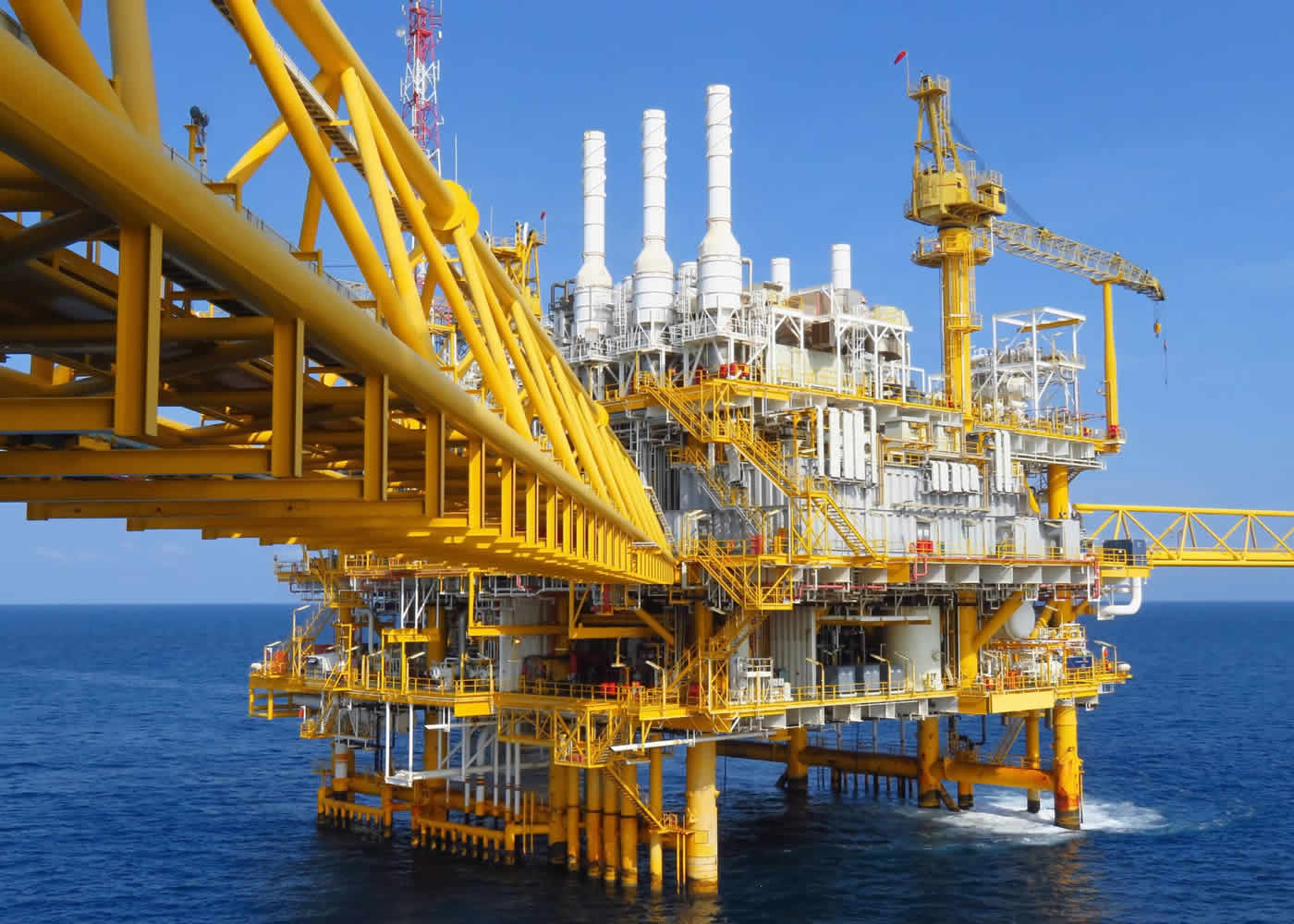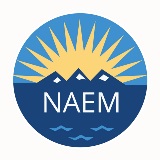“Not On My Watch”: How Sandy Stash Found Career Success by Leading Change in Challenging Environments

GT: You were one of the first women to work as a drilling engineer. What was it like for you back then?
SS: It was a blast! In all seriousness, I made a conscious decision, particularly as a woman, to get some good solid field experience. The first thing I learned about was the equipment. I also gained a better understanding of the culture of the oil industry. And finally, I learned an awful lot about influencing people because as you might imagine, I was a 22-year-old female thrown on a drilling rig, ostensibly to be "the boss," yet I really didn't know what I was doing. I think I learned a lot about how to listen to people, how to influence them and how to build the teamwork necessary to make me successful.
GT: Throughout your career, you've also been involved with driving change in a lot of complex organizations. What are some of the strategies you've used?
SS: Well, first of all, it's very, very hard work...I think that as human beings we tend to be change-resistant, so I think it's important to take the time to understand everyone's perspective. Number two, there's a bit of collaborative work that needs to be done to come up with a common vision. In other words, it's a lot easier if you own part of the change, rather than having someone else telling you that you need to change. The third thing is that once you've made the decision, you need to be very clear about who is accountable for the outcomes. And finally, and this may be the toughest part, you're always going to have some people who don't want to get on board, and you need to get them out of the way.
GT: You have been involved with structuring the EHS guidelines for Talisman's hydrofracking operations. One of the most important components you identified was a commitment to transparency. Could you explain why you included that?
SS: Hydrofracking or ‘fracking' comes under a lot of pressure because of the concerns that people have about the materials or the chemicals that go into the frack jobs. Truthfully, it's a very, very small percentage because mostly it's water and sand, but we feel that we can dispel a lot of concerns and bad information by just fully disclosing what chemicals are in our frack jobs. And finally, by being transparent about chemical usage and whatever it is, the next very important step is that you actually set metrics to improve, reduce or increase whatever the metric is. So transparency leads to very important target-setting, which is important for all of us to continuously improve our businesses.
GT: You also said that your attitude when it comes to incidents is "Not on my watch." What do you mean by that?
SS: I think that as HSE professionals we should be preventing accidents, not responding to them. We may always have the need to respond, but the more we can do in the way we design our plants, operate our plants, train our people and create clarity around people's accountability, the better we will be at preventing accidents in the first place.
For more interviews with speakers from the Environmental Women's Leadership Roundtable, visit youtube.com/NAEMorgTV.
About the Author

NAEM Staff
The National Association for Environmental, Health and Safety, and Sustainability (EHS&S) Management (NAEM) empowers corporate leaders to advance environmental stewardship, create safe and healthy workplaces and promote global sustainability. As the
leading business community for EHS&S decision-makers, we provide engaging forums, a curated network, peer benchmarking, research insights and tools for solving today’s corporate EHS&S management challenges. Visit us online at naem.org.

